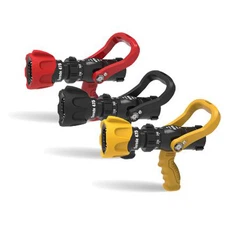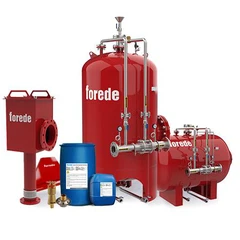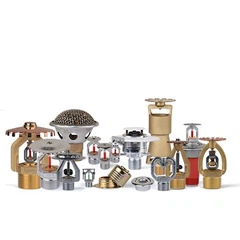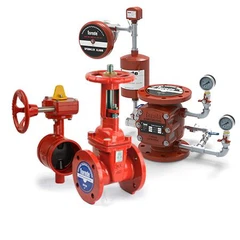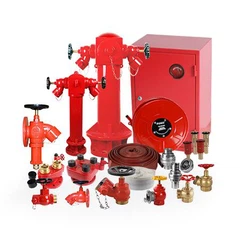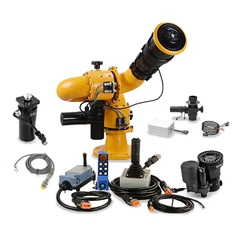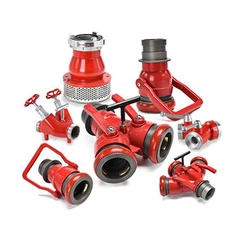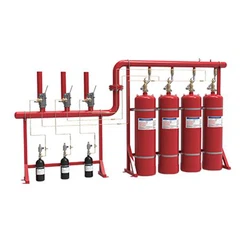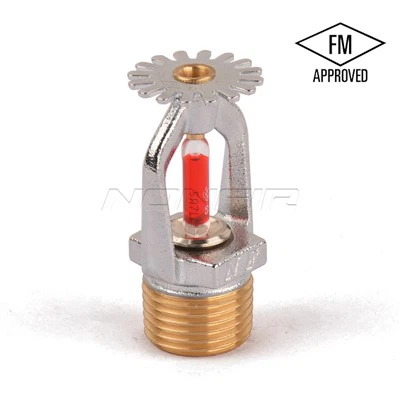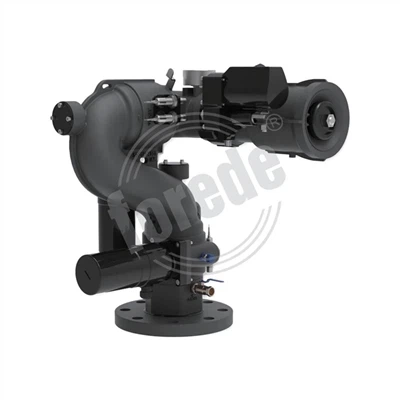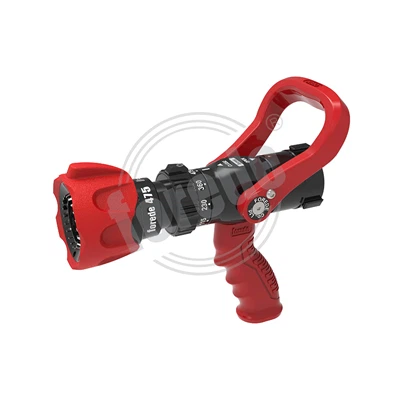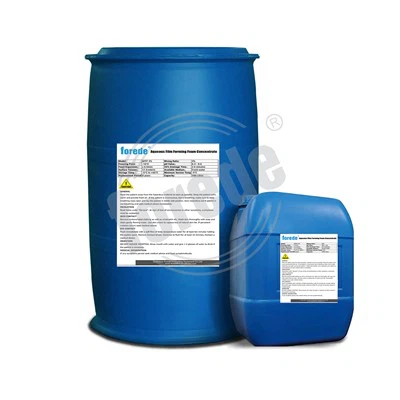As a crucial component in fighting fires, fire hoses are designed to withstand significant amounts of pressure. The working pressure and burst pressure of a fire hose are two crucial measurements that determine whether a hose is safe to use during firefighting operations.
Working Pressure of a Fire Hose
The working pressure of a fire hose refers to the maximum amount of pressure that the hose can withstand during regular use. Most fire hoses have a working pressure of 150 to 300 psi (pounds per square inch), with some hoses designed for higher pressure applications, such as industrial firefighting, having working pressures as high as 900 psi.
It is crucial to check the working pressure of a fire hose before use to ensure that it is safe for the operational conditions. If a hose is exposed to pressures that exceed its working limit, it could lead to failure, causing injuries and damage to property. Therefore, it is important to ensure that the pressure of the water source supplying the hose is regulated to avoid exceeding the working pressure of the hose.
Burst Pressure of a Fire Hose
The burst pressure of a fire hose refers to the maximum pressure that the hose can withstand before it ruptures or fails. It is a crucial measurement as it determines the safety limit of the hose. The burst pressure of a hose is usually around four times more than its working pressure.
For example, if a fire hose has a working pressure of 300 psi, its burst pressure should be around 1200 psi. However, it is essential to note that the burst pressure of a hose can vary due to factors such as operating conditions, age, and exposure to extreme temperatures.
Regular testing is necessary to ensure that fire hoses have adequate working pressure and burst pressure levels. Fire departments and organizations are required to perform regular tests on their hoses to ensure their safety. Testing includes subjecting fire hoses to high-pressure water to determine whether they meet their working and burst pressure specifications.
Conclusion
Fire hoses need to have high working pressure and burst pressure capacities to withstand the high-pressure water used during firefighting operations. Working pressure is the maximum amount of pressure a hose can safely handle during regular use, while burst pressure is the maximum pressure at which the hose will rupture or fail. It is important to ensure that fire hoses have working and burst pressure levels that are adequate for the degree of pressure the hose will be exposed to during firefighting operations. So, firefighters should carefully handle the hoses, and fire departments must conduct regular tests to ensure the safety of their hoses.

